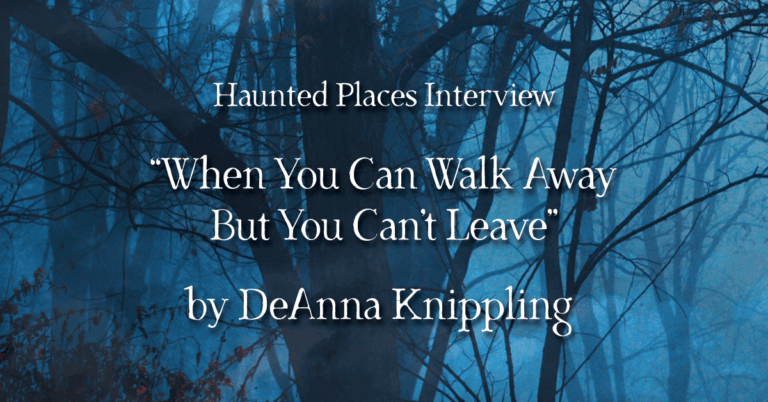Story Spotlight: “When You Can Walk Away But You Can’t Leave” by DeAnna Knippling
In “When You Can Walk Away But You Can’t Leave,” DeAnna Knippling traps us inside a haunted escape room—where the real horror isn’t just the tech or the spirits, but the systems that refuse to let anyone go. Sharon manages a haunted escape room in suburban Denver—one she designed herself, including the server room she…


